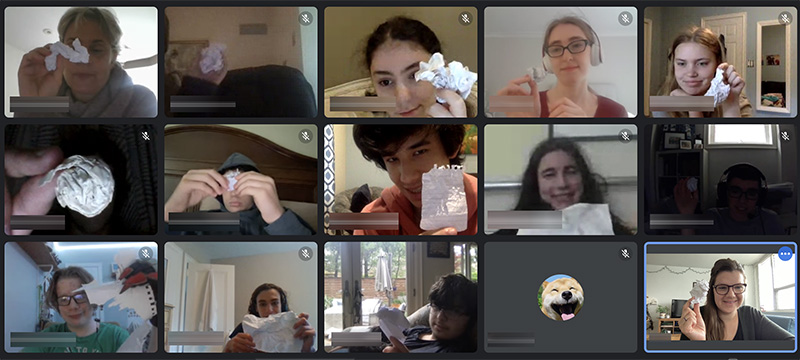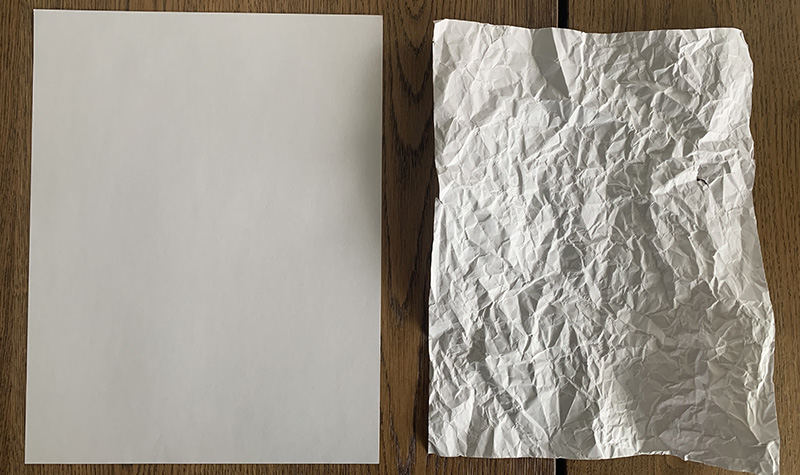This assignment was about reminding students their job is to become the person they want to be- citizens who can and should meaningfully contribute something important to the world.
And…how can they start doing this? With the ‘Power of Yet!’
A simple way to start changing to a growth mindset is by the use of a little word, yet –
a realization that some things are worth waiting for and those things take work. No one can be expected to change their mindset overnight. We all have fixed mindsets about certain things without even realizing it. Changing your mindset is a process. It’s not always easy. It takes patience, coaching and lots of practice but the power of this small word allows for success.
In our Learning Strategies class, we learned about the ‘Power of Yet’ and Growth & Fixed Mindsets. We talked about the things we were not able to do before and have since learned how to do, how to reframe mistakes as examples to the class and make sure to use the word yet in frustrating situations. Every student then chose a creative way to promote these concepts-through slideshows, videos, drawings, word art.
“I chose a happy face word art for my assignment because it is a positive image and I covered it with positive words. It fits in with the theme of the Growth Mindset. While I was thinking of words I wanted to give them a bit of flare. Also, there are different fonts because I wanted to shake it up and make the words more interesting.” – S.R.
“I picked these videos because I think they are great and they tell good things about getting things wrong and how we try to make them right. For example, sometimes we think we don’t know the whole song but once we try to sing it, we realize that we do know the song.” – J.G.
“I picked the ‘Power of Yet’ music video by CJ Luckey to include in my assignment because it was inspiring and very helpful. It is very positive with powerful words. Every person will now think positively about themselves and other people and kids will be happy.” – J.G.E.
Here’s the link to a student produced video:
(Movie Compilation by Oliver R. and Lucas F.)




























